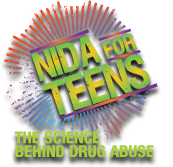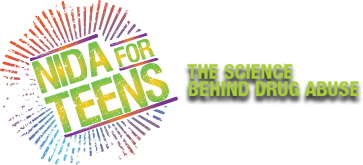
Hi, my name’s Sara Bellum. Welcome to my magazine series exploring the brain’s response to drugs. In this issue, we’ll investigate the fascinating facts about the drug cocaine, which is considered a stimulant.
Have you eaten any chocolate or drunk any soda lately? If you have, there’s a good chance you gave your body a dose of a stimulant—caffeine, which is also in coffee.
Eating or drinking a large amount of caffeine can make you feel jittery, nervous, or energetic. That’s because caffeine—like any stimulant—changes the way your brain works.
But caffeine is just a mild example of a stimulant. Many other stimulant drugs are much stronger—and some are illegal and very dangerous.
Cocaine is made from the leaf of the coca plant. It often comes in the form of a white powder that some people inhale through their nose. Another form of cocaine, known as crack, can be smoked.




